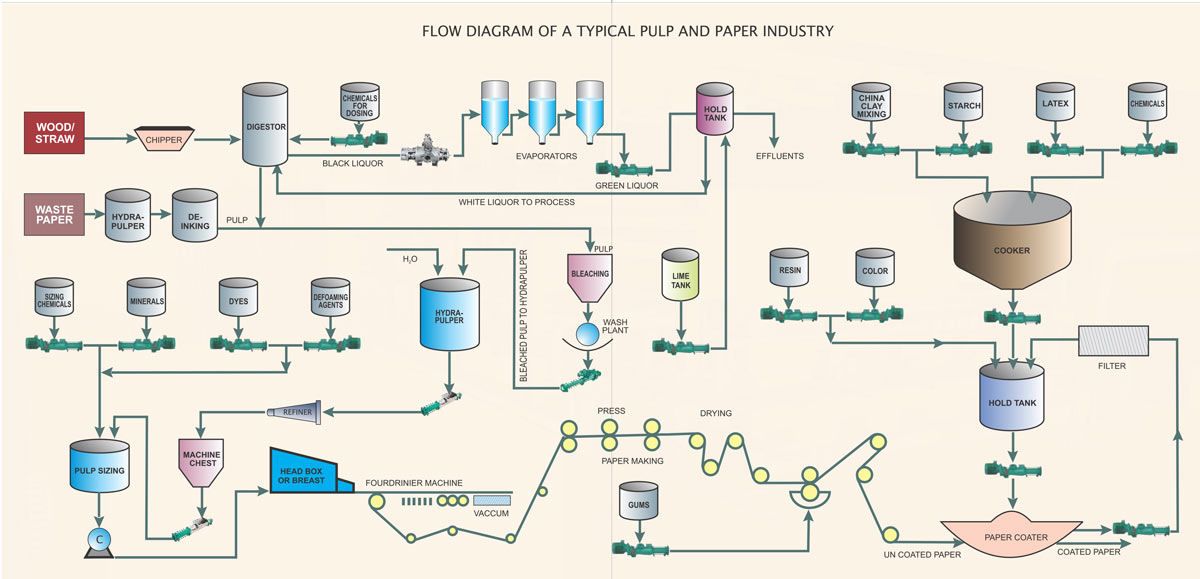Pumping needs for paper and pulp can be quite challenging since the raw material is extremely tough to transfer. Additionally, a number of chemicals are used to obtain the required quality of the final product and also the process is significantly temperature sensitive. Keeping all these requirements, Roto pumps are designed to be sturdy, durable and highly efficient. Rotor and stator material of our pumps can be customized as per customer’s process specifications.
Mainly four kinds of ingredients are used as raw material for pulp
- Waste paper is recycled to make pulp
- Sawdust is up-cycled to make pulp
- Cotton or other natural fiber are used to make pulp
- Tree logs are the most commonly used to make pulp
Both mechanical and chemical processes can be used to convert Wood logs to pulp.
In the mechanical process, Chopped wood logs are tumbled inside huge drums to remove the bark. This debarked wood is then grinded between huge revolving slabs to make pulp. The pulp is then filtered to remove any foreign particles.
In the chemical process, debarked wood is chopped into small wood chips. These wood chips are sent into large digesters to be pressure cooked in a solution of water, sodium, hydroxide and sodium sulfate. After some hrs of pressure cooking in this solution, wood chips dissolve into pulp.
PULP MAKING PROCESS
- Black Liquor
- Green Liquor
- Sodium hydroxide
- Sodium sulphide
- Sodium carbonate
- Decolouring Agent
- High density pulp
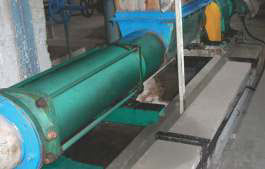
PULP PREPARATION PROCESS
- Sizing chemicals
- Rosin
- Neutral sizing
- Calcium carbonate
- Allkyl ketens dimmer(AKD)
- Alkenyl succinic Anhydride(ASA)
- Mineral filter
- Talcum
- Kaolin
- Calcium carbonate
- Carbon dioxide
- Low density pulp
- Pigments
- Colours
- Optical brightener
- Defoaming agents
- Retaining aids
- Paper softener
- Fiber dispenser
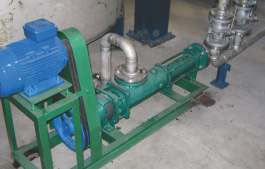
PAPER MAKING PROCESS
- Starch
- Polyvinyl alcohol
- Wax
- Latex
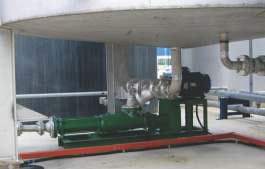
PAPER COATING PROCESS
- Starch
- China clay
- Resin
- Latex
- Chemicals
- Colour
- Kitchen coating slurry
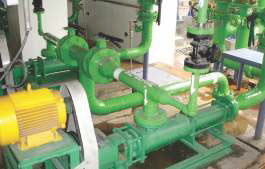
The pulp is then sent for pounding and squeezing in a process called ‘Beating’. Various fillers like titanium dioxide can be added at this stage. These additives determine the color, opacity and other such qualities of the finished paper. The absorption capacity of paper is also controlled at this stage in a process called sizing that involves the addition of fine clay, resin or starch.
This pulp is then pumped into large automated papermaking machines. In this machine, the pulp is placed on a moving belt of fine mesh screening. Pulp on the belt is squeezed through a series of rollers while the suction device is used to remove excess water from the pulp.
Next in the press section of the machine, the pulp is pressed between rollers and wood felt. The paper then passes through a series of heated cylinders to remove the remaining water.
Finally, this paper is wound into large reels for further processing. Paper is smoother and compacted by passing through rollers called calendars that impart particular required finish on the paper whether it is dull or soft, shine or matte finish. Further finished in the form of chemical or pigment coating can be added to the surface of the paper, gloss can be added in a process called super calendar layering and then the paper is cut into desired sizes.



